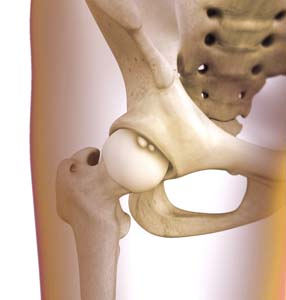
What is Hip Synovitis?
Hip synovitis, also called transient hip synovitis or toxic synovitis, is a condition characterized by inflammation of the synovial tissues that surround the hip joint. It is the most common cause for sudden hip pain that occurs in young children between the age of 2 and 9. It affects boys more commonly than girls and is most of the time limited to only one side of the hip.
Symptoms of Hip Synovitis
The symptoms of hip synovitis manifest over a period of 1 to 3 days and gradually resolve within the next few days. The most common symptom is pain around the hip or groin region. Your child may limp while walking or may find it difficult to walk. Sometimes, your child has a low-grade fever or complains of pain in the inner thigh or knee.
Causes of Hip Synovitis
The exact cause of hip synovitis is unknown, but some theories suggest a history of trauma to the hip or a recent viral infection such as an upper respiratory tract infection, bronchitis or middle ear infection.
Diagnosis of Hip Synovitis
To diagnose hip synovitis, your child’s doctor will initially examine your child’s hip, knee, and other joints and check whether there is pain during passive movement of the joints. Your doctor may order diagnostic tests such as ultrasound imaging and blood tests to assess inflammatory markers. If the inflammatory markers are high, then your doctor may order a culture test of the fluid within the joint. To perform the culture test, joint fluid is collected by inserting a needle into the hip joint and aspirating the fluid. This is then sent to the lab for evaluation.
Treatments for Hip Synovitis
The treatment for hip synovitis includes simple home remedies such as rest, application of heat and massage over the painful area. Anti-inflammatory medications will be prescribed to reduce the pain and other symptoms. Weight-bearing on the affected side should be avoided until pain is resolved.




